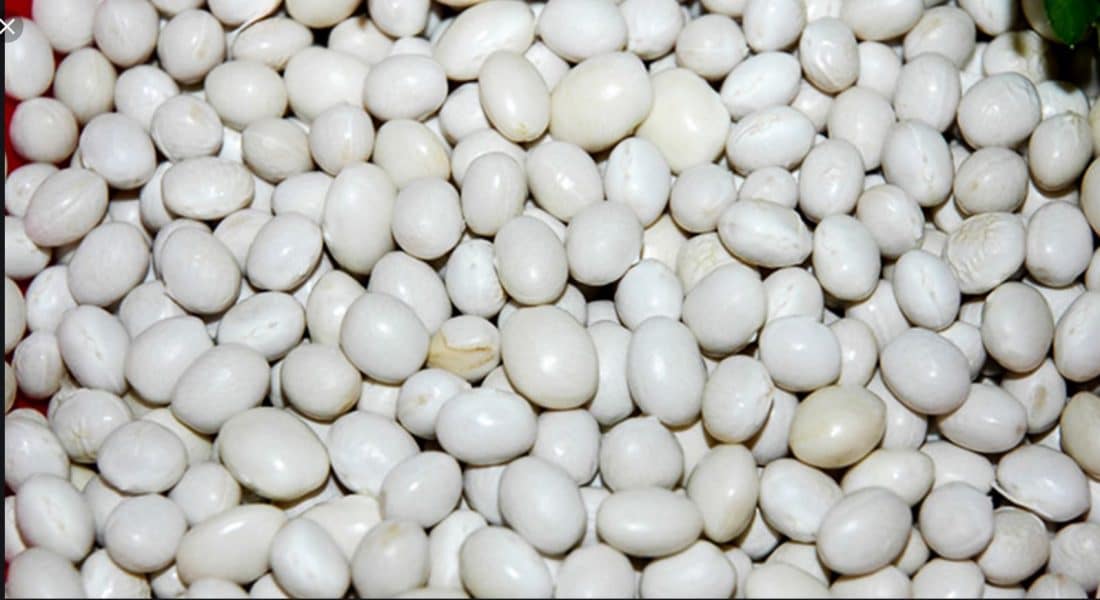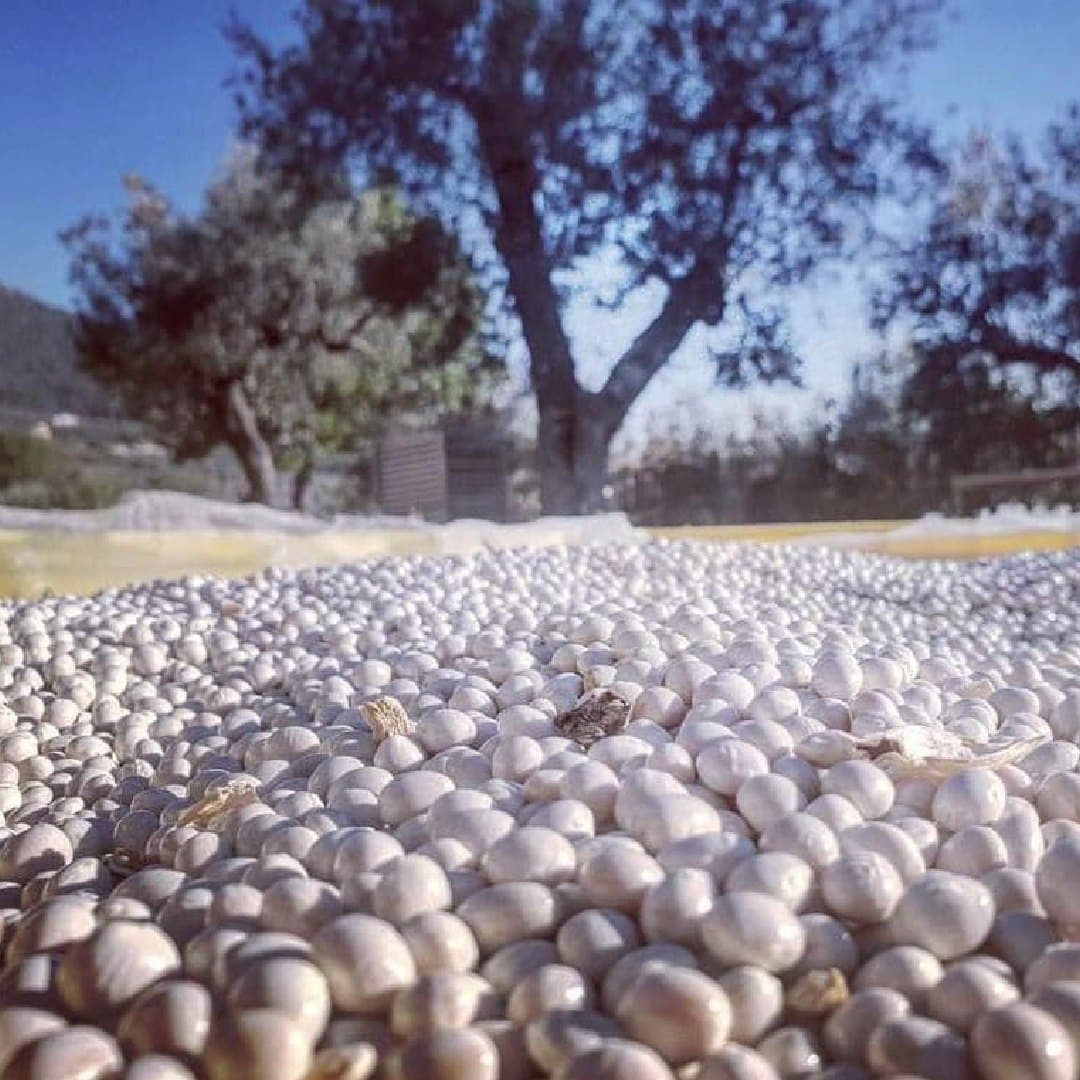Hello my friends, today I decided to travel with you again! I decided to bring you a famous Italian product that I ate and it was an explosion of flavors.
This product is called “bean of controne”.
At the foothills of Cilento, in Controne, a town whose origins date back to the ninth century AD, among valleys and plateaus surrounded by mountains, villages, woods and precious springs, over time the ideal conditions have been created to obtain excellent productions, especially of legumes, but also of vegetables and olives. Controne owes its origins to a group of “pestani exiles”, who took refuge there in the ninth century AD, after the then Poseidonia, today’s Paestum, was invaded by a group of Sybarites.

Its name derives from its position and exposure to the sun: CONTRA – ELJONE (from the greek helios which means sun), or “Facing the sun”.
Controne is a country with an agricultural vocation, it produces an excellent oil and it cultivates above all the famous bean of “Controne”, which has the particularity to have the seed, as the pod that contains it completely white. It has a low attitude to break during cooking and it requires much less time than a common bean.
It has a round-oval shape, small and white, with unique organoleptic characteristics which make it a highly sought after product within the niche market which has been established over time. Its thin skin, practically impalpable, gives it high digestibility.
The bean arrived in Controne in 1500, after Pope Clement VII had donated a certain quantity of it to the Benedictine monks of the Abbey of St. Nicholas and it found an optimal habitat of growth and cultivation thanks to the excellent pedo-climatic conditions.
The sowing of “Fagiolo di Controne” is done in the first and second decade of July in order to have the full flowering in the first half of September. The harvesting of the dried pods of beans takes place in the month of November.
The last Saturday and the last Sunday of November in Controne since 1983 they organize the renowned “Sagra del Fagiolo di Controne” (Controne’s Bean Festival).
It is a particular event because it is a historical commemoration of the dishes and traditions of Controne. It takes place along the streets of the characteristic historical center inside of which are set up “taverns” where you can taste the protagonist of the event, the Controne Bean, in all its best expressions.

In 1989, Michele Ferrante, a farmer proud of his own identity, gave life to the number one company for the production of Controne bean. Fruit of a continuous, hard-working and consistent commitment.
Drawing strength from the fertile virtues of the territory, Michele Ferrante has allowed to develop his project based on a symbiotic relationship with the land-mother: in fact, intensive crops are not adopted, plants and fruits do not suffer any stress during the delicate phase of growth and ripening, and the harvest takes place only in optimal conditions.
In the fields of property, Michele, in absolute harmony with nature, has created real ecosystems, protecting the extraordinary biodiversity of the cultivated areas with beans, chickpeas, chickling peas, chillies, and open spaces that accommodate the olive groves.



